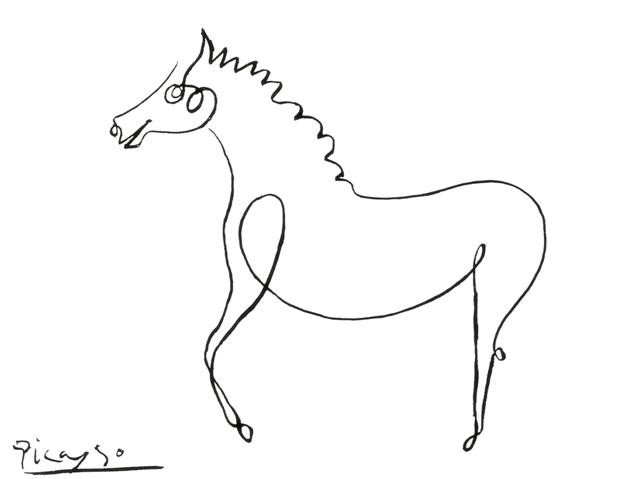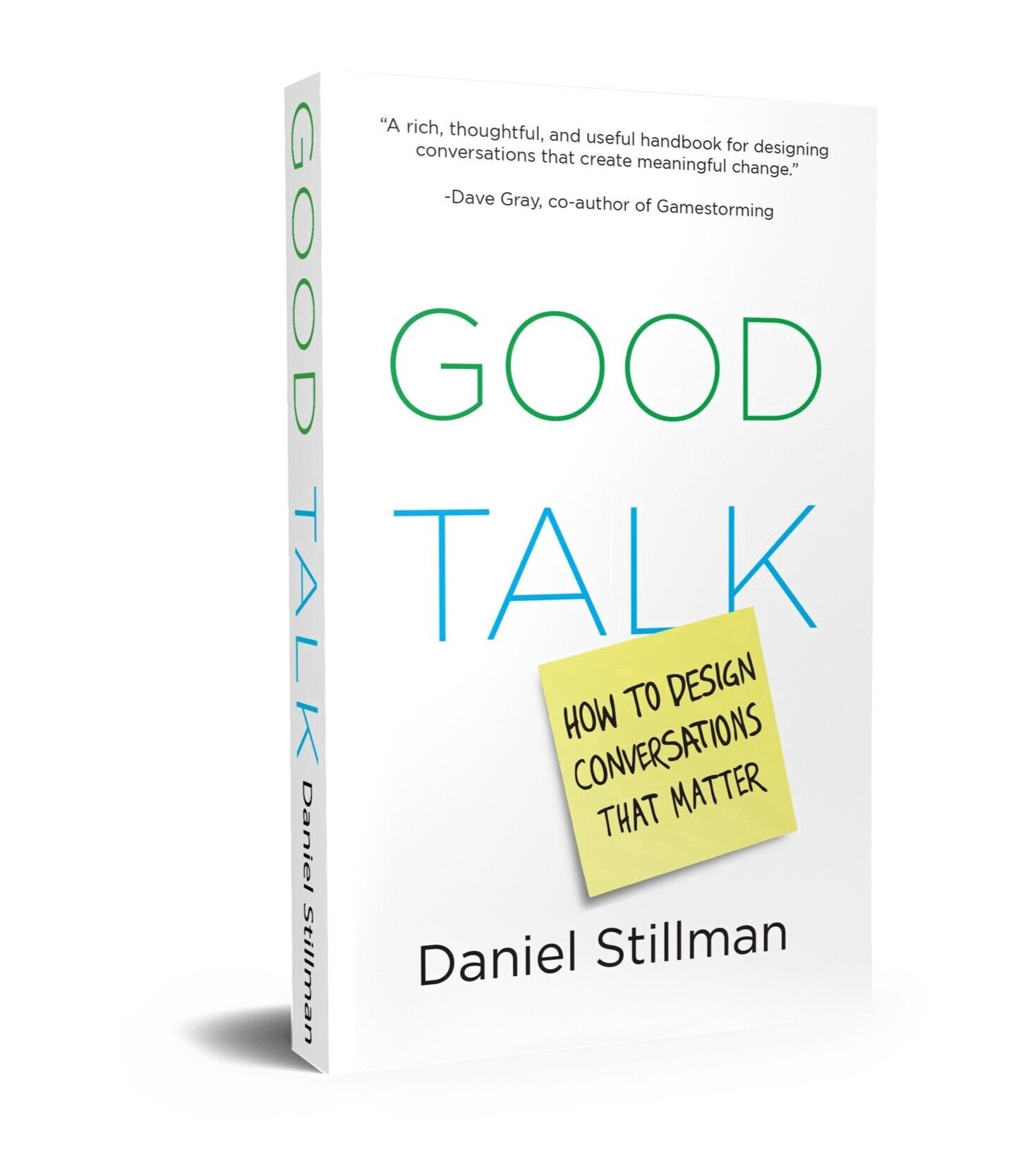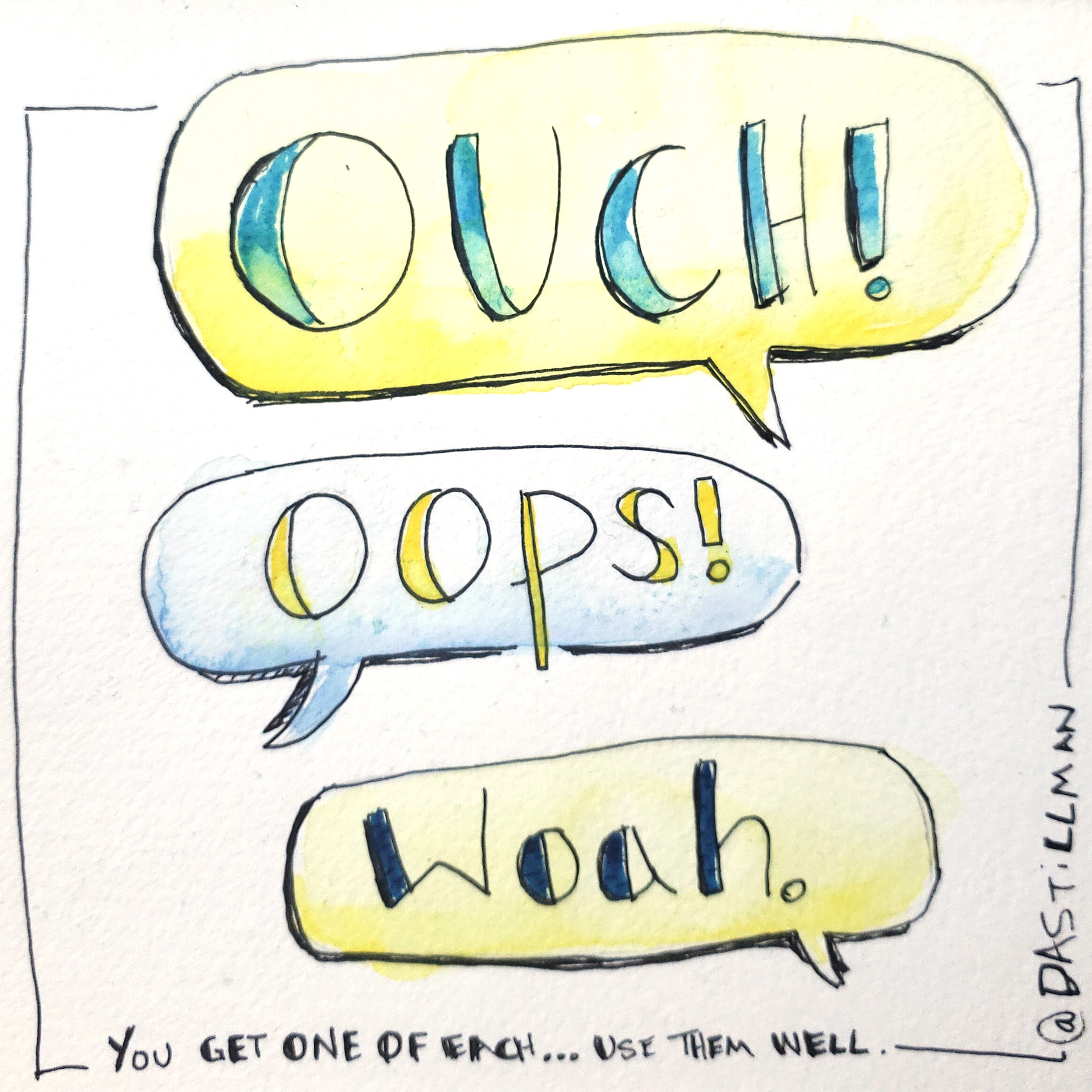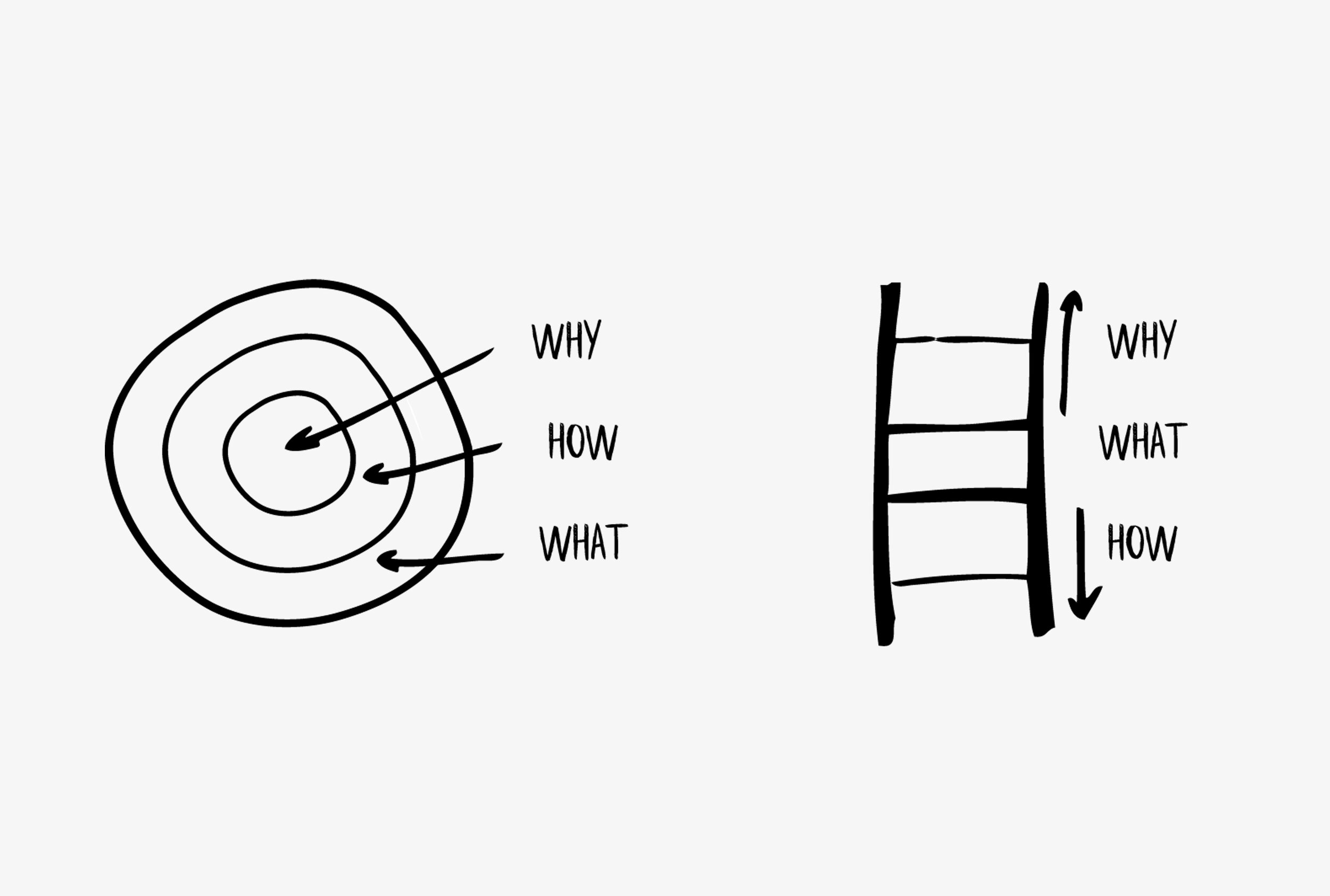Listen to this article:
When you hear the word “conversation” the image that most likely lights up in your brain is of two people facing each other (or these days, in a zoom room).
What happens if those two people are at a party and another person steps up? The two people might swivel outward and invite that third person in. Now the conversation is literally bigger.
As more people get invited into the larger conversation, the dynamics shift. The cadence might heat up as people lean in and engage (or cool off as people look at their phones).
Turn taking might flow through the group as various people hold the floor in a dynamic group discussion. People might make side comments to their neighbors and get drawn into smaller group interactions. This could break the big circle apart into small groups. If you walk into a party and see ten people in a big circle, you can be reasonably sure that there’s a very funny or popular person holding that circle together.
Hosting these types of dynamic conversations online requires artistry, engineering and design…and the ability to see conversations as a material we can shape - incidentally that’s the core idea behind my book Good Talk. Helping others find their own place of power and purpose as they shape conversations is also why I host my Facilitation Masterclass.
What’s your Conversational Range?
Each of us has a conversational range. What size of conversation brings you alive? Are you more at home in intimate interactions or in big, sprawling discussions? Do you like “single serving friendships”, as described in Fight Club, or do you prefer conversations that are long and meandering…or ones that evolve over decades?
David Whyte’s book The Three Marriages suggests a unique way to think about our conversational range—as a set of marriages. In Whyte’s model, we should each cultivate a healthy “marriage” in these three realms.
The first marriage he outlines is much like a conventional marriage with a beloved person. These sort of intimate relationships nourish our lives through love and mutual support. He also points to the marriage we have with our work, our dedication to our purpose in the larger world. Finally, there’s the marriage we have with ourselves: creating space and time for inner growth and development.
Often people sacrifice one of these relationships for the sake of another, and pay a price for that bargain later in life. We all know too well how a relationship can falter when one person disappears into themselves, or loses themselves in their work. Sacrificing yourself and your work and “living on love” is an equally untenable situation. Whyte suggests that “work-life balance” is too simplistic of a solution to the challenge. It’s more about these relationships being in a dynamic conversation.
Over the years of hosting my podcast, I’ve learned that well-balanced leaders are well-balanced in their ability to navigate the full conversational spectrum of life, to be able to navigate the entire scale from small to large. Being a whole person means being able to cultivate meaningful conversations across this entire range.
The Perfect Conversation
In my recent podcast interview, my friend Michael Bervell outlines a similar conversation model to the one David Whyte lays out, but with some more mathematical straightforwardness.
If you haven’t met Michael before, he’s a Ghanaian-American angel-investor, entrepreneur, philanthropist, and philosopher. He currently serves as the youngest President of the Harvard Club of Seattle and works as a Portfolio Development Manager at M12, Microsoft’s Venture Capital Fund.
He's also the author of Unlocking Unicorns and the host of the blog "billion dollar startup ideas"
He's also a conversation design nerd, like me… and his insights into conversation design are not to be missed - that’s why I was so thrilled to host him on a recent podcast episode.
In Good Talk, I drew a spectrum of conversations, a long line from 1 to many, just like the long number line poster my 2nd grade teacher Ms. Brydon had mounted around the entire wall of our classroom.
Michael visualized Conversational range with a Concentric Circle model, like this:
What’s interesting to me about this way of thinking about conversations is that it puts self talk where it belongs, in the center of the conversation.
As Michael points out, we can think at 4,000 words per minute. Over a single conversation of 10 minutes, we’ve thought a lot! And half of those thoughts are about what we could, should or won’t say. What do we “let slip” out? And what ideas should we allow in? Michael’s circle model with arrows helps me visualize this idea more clearly.
If we, as folks who design group conversations (ie, team leaders, facilitators or managers) don’t give self talk the respect it deserves, we’re rushing through a conversation with only surface reactions and letting conversation dynamics run on habit and reflex, not real thinking.
Time to think alone before we talk together
In nearly any workshop or transformation program I run, I love using breakouts to connect people and to have people share thoughts together. People thinking together can create wonderful things.
But before I invite people to think together, I love to ask people to turn off their cameras, grab a piece of paper and sketch out their own point of view on the question at hand.
This creates a solid center point in the conversation - for each person to be able to say what they really think on an issue, and then to make space for listening and learning about another person’s point of view as well. What we do next with all this information…that’s where the magic comes in!
One interesting approach to redesigning conversations that you might try: don’t speak at all. Check out my guide to silent meetings here.




































